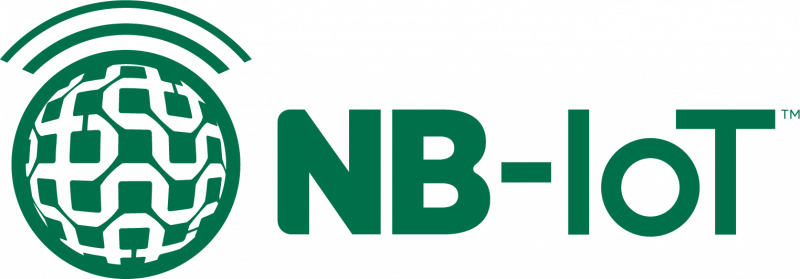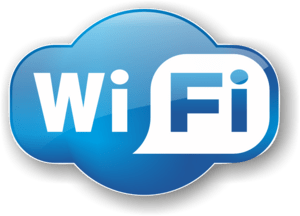Wireless Measurement in Buildings
The choice of the best wireless measurement in buildings depends on several factors, such as the purpose of the measurement, the distance between sensors and receivers, the building's construction, and requirements for battery life and data transfer speed. Here is an overview of the most common techniques for wireless measurement in buildings and what they are best suited for:

Wireless M-Bus (Wireless Meter-Bus)
Applications: used to transfer data between meters and collection systems (e.g., for electricity, gas, water, or heating). It is an extension of the wired M-Bus standard.
Advantages: Wireless M-Bus is optimized for low power consumption, allowing for long battery life for meters. European standard: As an open standard (EN 13757-4), Wireless M-Bus ensures interoperability between products from different suppliers, promoting flexibility and competition. Adaptable: Supports various operating modes (e.g., S, T, C, and R modes) for different applications, allowing for a balance of range, data speed, and energy consumption. Offers support for encryption and authentication to protect data from unauthorized access.
Disadvantages: Limited bandwidth: Since the standard is designed for low data volume (e.g., measurement values), it cannot handle large data volumes or real-time transfers required for some advanced IoT applications. Interference issues: Since Wireless M-Bus uses the unlicensed 868 MHz band, there may be interference from other devices using the same frequency, especially in densely populated areas. Limited topology. If many meters or sensors are to be connected, the topology often becomes complex with slaves, gateways, and master devices. Limited range compared to some techniques: Although the range is good within buildings, it is less than techniques like LoRaWAN or NB-IoT, which can be a limitation for systems with large geographical distributions. Energy-intensive in certain modes: Although Wireless M-Bus is energy-efficient in most operating modes, some communication modes (e.g., C mode for real-time data) may require more energy, which can affect battery life. Less global spread: Wireless M-Bus is popular in Europe but is less common in other parts of the world, which may limit its application in global projects.
LoRaWAN
Applications: Suitable for measuring temperature, humidity, presence, water, and energy consumption. Thanks to its low power consumption, it is well-suited for sensors that need to operate for long periods on battery.
Advantages: LoRaWAN is known for its long range and low energy consumption, making it suitable for large buildings or building complexes. It can transmit data over long distances and penetrate building materials like concrete and metal better than other wireless technologies.
Disadvantages: Limited bandwidth, making it less suitable for applications that require high data transfer rates or continuous real-time data monitoring.

Zigbee
Applications: Zigbee is suitable for measuring temperature, light levels, carbon dioxide, and energy usage. It is also common in smart homes and buildings for wireless control of, for example, lighting and HVAC systems.
Advantages: Zigbee has good range and low energy consumption and is particularly popular for wireless communication within buildings. Networks with Zigbee can be easily expanded as each device in the network acts as a repeater, making it easy to cover large areas by adding more nodes.
Disadvantages: Shorter range than LoRaWAN and performs worse if the building has thick walls made of materials that dampen signals, such as concrete and metal.
NB-IoT

Applications: Good for energy and water measurement, carbon dioxide measurement, presence measurement, and other sensors that require high reliability and long range. Particularly well-suited for basements or other areas where wireless signals have difficulty penetrating.
Advantages: NB-IoT is a mobile network-based technology that provides good range and very good penetration capability in buildings. Since it uses mobile networks, it can be installed and used without a dedicated network, making it easy to scale up for many sensors.
Disadvantages: Higher cost per unit due to mobile network usage. NB-IoT also consumes more energy than LoRa and Zigbee, making it less suitable for battery-powered devices if very long battery life is required.

WiFi
Applications: Good for advanced presence detection and monitoring systems, as well as for environmental sensors that need to send data frequently and in large quantities.
Advantages: WiFi has high transfer speeds and works well for measurements that require a lot of data, such as video surveillance, audio recording, or continuous real-time updates. Since many buildings already have WiFi infrastructure, sensors can be connected directly to the existing network.
Disadvantages: Very limited range and high power consumption, making it less suitable for battery-powered sensors unless frequent battery changes are acceptable. It can also be sensitive to interference from other WiFi networks, especially in multi-family buildings.

Bluetooth
Applications: BLE is often used for presence measurement and indoor positioning. In buildings, BLE can be used for measurement in small spaces, such as individual rooms or areas, and for applications such as controlling lighting or door locks.
Advantages: BLE is energy-efficient and can be used for short-distance measurement with high precision. BLE devices are also often small and inexpensive, making them suitable for use where many devices are needed.
Disadvantages: Short range compared to other options, limiting its use to smaller areas. A limited number of connections per device can also be a limitation in extensive installations.
Summary and Enkey's Recommendations
For large buildings with extensive measurement needs and where long battery life is important, Enkey recommends LoRaWAN as the best choice due to its range and low energy consumption.
For buildings where high data capacity is needed and if there is already a robust wireless network, WiFi works well but requires fixed power supply or frequent battery changes.
Enkey's Solution for Wireless Measurement
Enkey's primary solution is a combination of LoRa and local network - LAN: LoRaLAN simply! This allows us to handle measurement in all spaces in buildings without limitations and at an extremely low cost for the infrastructure!
If you have questions or concerns regarding wireless measurement, contact us at Enkey via [email] (mailto:hello@enkey.io).

